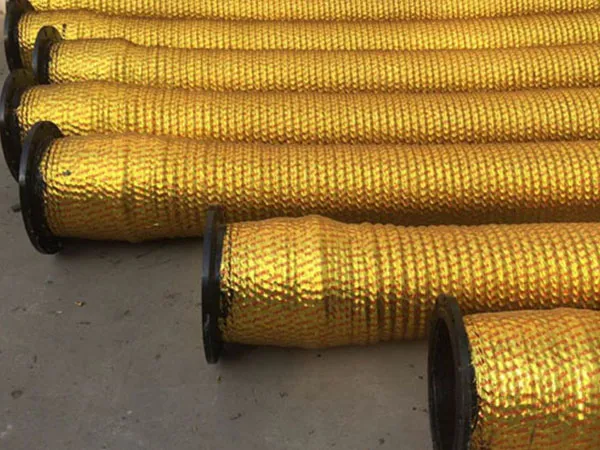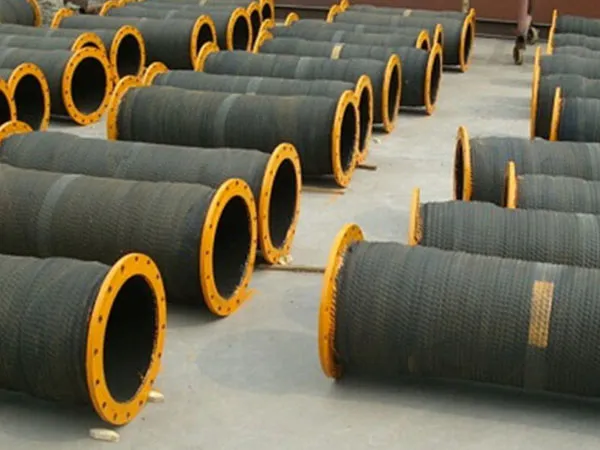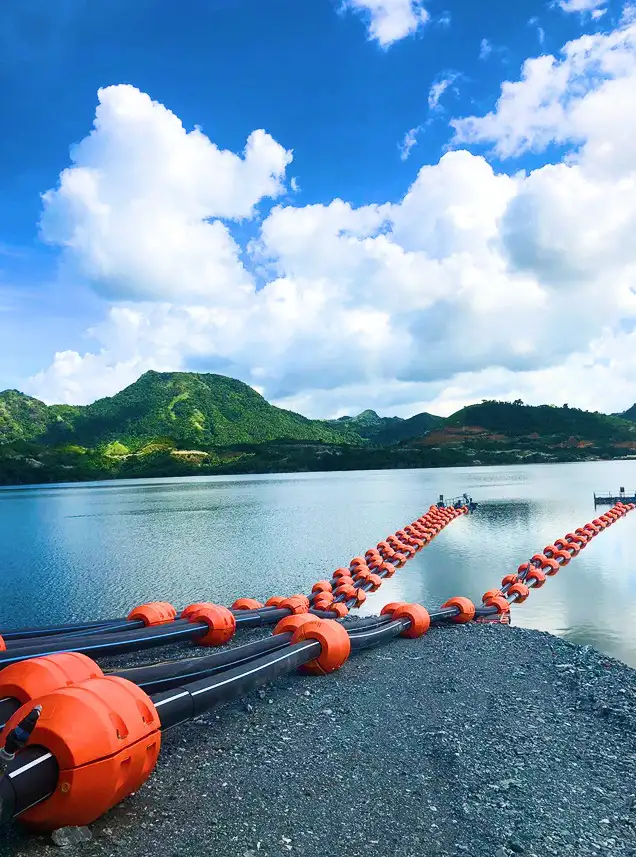







A rubber hose is a flexible, hollow tube designed to carry fluids or gases from one location to another. It's constructed primarily from natural or synthetic rubber, often reinforced with layers of fiber or steel wire to withstand pressure, prevent kinking, and enhance durability.
The type of rubber and reinforcement used determines the hose's application. Here are the most common types: Garden Hoses: Designed for outdoor water use. Typically made from SBR (Styrene-Butadiene Rubber) or EPDM rubber for weather and ozone resistance. Air Hoses: Used with air compressors to power pneumatic tools. Often made from oil-resistant rubber (like NBR) to handle oily mist from the compressor. Fuel Hoses: Critical for automotive and small engine use. Must be made from fuel-resistant materials like Nitrile (NBR) to prevent swelling, cracking, and leaks. Always use a hose specifically rated for fuel (e.g., SAE J30R7 or J30R9). Hot Water & Steam Hoses: Built to withstand high temperatures and pressure. EPDM (Ethylene Propylene Diene Monomer) rubber is a common choice due to its excellent heat, water, and steam resistance. Used in washing machines, industrial cleaning, and heating systems. Hydraulic Hoses: High-pressure hoses used in machinery like excavators and log splitters. They have multiple layers of high-tensile steel wire reinforcement to handle extreme pressures (thousands of PSI). Chemical Hoses: Specially engineered with materials like UHMW (Ultra-High Molecular Weight Polyethylene) liners to safely transfer specific acids, solvents, and chemicals. Food-Grade Hoses: Made from non-toxic, taste-free, and odor-free materials (like white Nitrile) that meet FDA standards for transferring food, beverages, and potable water.
Hose size is primarily defined by its Inner Diameter (ID). Inner Diameter (ID): This determines the flow rate. A larger ID allows more fluid or gas to pass through. Common garden hose IDs are 1/2", 5/8", and 3/4". Outer Diameter (OD): This is less critical for performance but matters for fitting clamps and hose reels. Length: Choose a length that comfortably reaches your work area without being excessively long, which can cause pressure drops and be difficult to manage.
This is a critical safety specification. Working Pressure: The maximum pressure the hose is designed to handle during normal, continuous operation. This is the number you should pay attention to. Burst Pressure: The pressure at which the hose is expected to rupture or fail. It is typically 3 to 4 times the working pressure and serves as a safety margin. Crucial Rule: Never operate a hose above its stated maximum working pressure.
Drain Completely: Always drain all water from the hose after use, especially before freezing temperatures. Coil Loosely: Coil the hose on a hose reel or in large, loose loops on the ground. Avoid sharp bends or hanging it on a single nail, which creates a permanent kink. Store Out of the Sun: UV rays are the primary enemy of rubber. Storing your hose in a garage, shed, or under a cover will dramatically extend its life.
For low-pressure hoses (like garden hoses): Yes. You can buy hose mending kits at any hardware store. Simply cut out the damaged section and clamp the new fitting in place. For high-pressure, fuel, or critical application hoses: NO. Never attempt to repair these hoses. A failure can be catastrophic, leading to equipment damage, fire, or serious injury. Always replace the entire hose assembly.
This is a sign of degradation. It is caused by: UV / Sun Damage: The sun's radiation breaks down the rubber polymers. Ozone Exposure: Ozone in the air can cause microscopic cracks. Age: All rubber has a finite lifespan. Chemical Exposure: Using the wrong hose for a chemical (e.g., oil on a standard water hose) will cause it to swell, soften, or become brittle.
